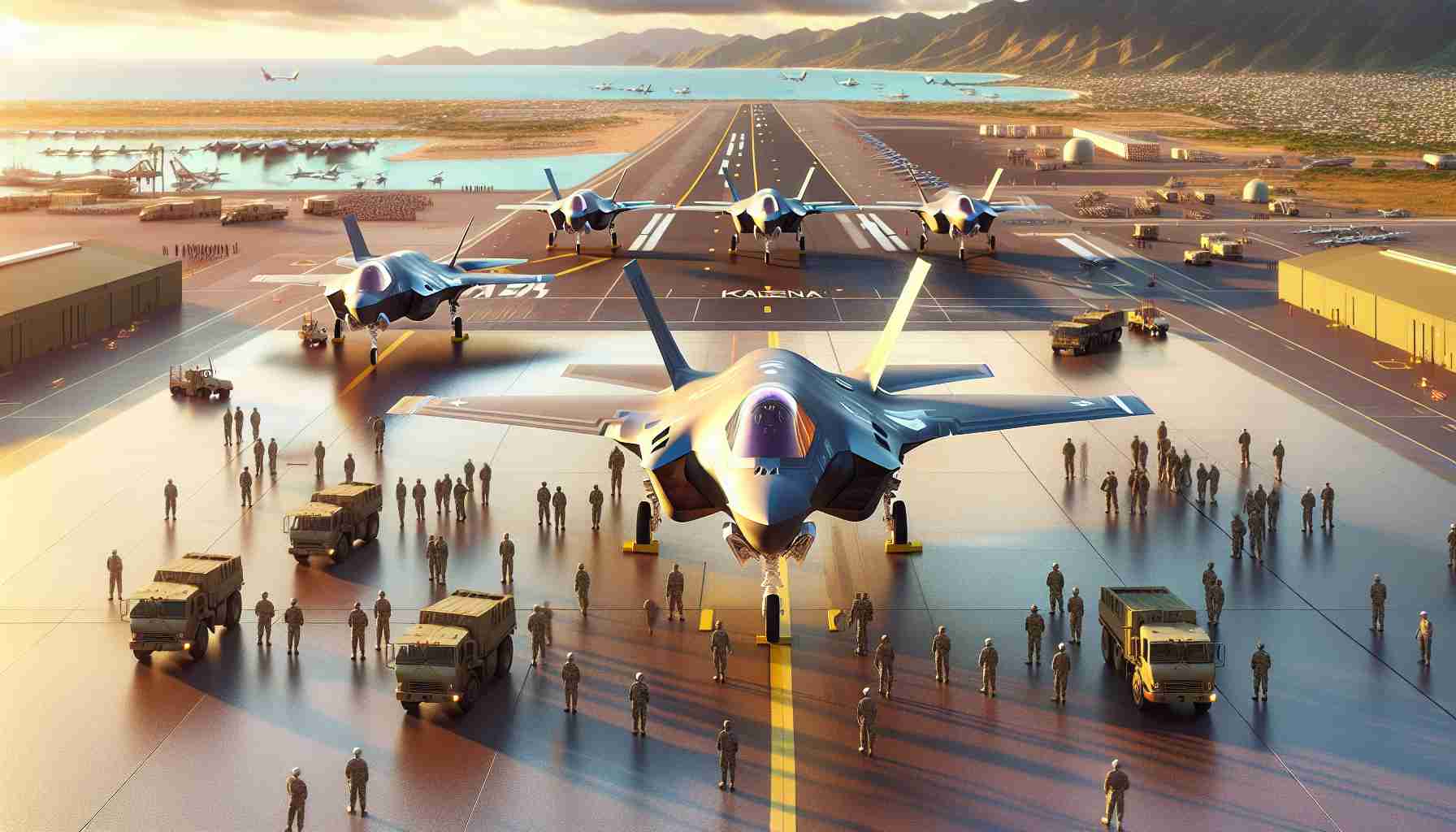Kadena Air Base in Japan is strengthening its airpower with the addition of F-35 fighters from Hill Air Force Base, Utah. This deployment increases fifth-generation aircraft presence at a time of regional tension.
The 18th Wing spokesperson confirmed the arrival of the F-35s but withheld details on the number of aircraft and exact arrival date due to security reasons. According to local sources, these fighters touched down on November 1.
Kadena’s current roster includes F-16s from Shaw Air Force Base, South Carolina, and F-22s from Joint Base Elmendorf-Richardson, Alaska, which arrived in October. A group of undisclosed F-15s remains stationed there as well.
The Air Force, which decided in 2022 to phase out older F-15C/D models, plans to introduce the advanced F-15EX fighters. However, the agreement between the U.S. and Japan regarding the timeline for the F-15EX replacement is still pending.
In the meantime, a rotation of various fourth- and fifth-generation fighters continues, each rotation typically lasting about six months. This includes previous deployments of Hill F-35s and models from Eielson Air Force Base, Alaska.
The deployment comes amid heightened tension in the Indo-Pacific region. With North Korea testing ballistic missiles and the U.S.-China competition intensifying, the presence of these aircraft is strategic. Kadena, located near Taiwan, is primed for potential conflict, should Chinese military actions escalate under Xi Jinping’s command to seize Taiwan by force if necessary by 2027.
In related developments, the Air Force is advancing the F-15EX program, with initial jets already operational in Oregon and plans for further distribution to units in California and Florida.
How F-35s’ Arrival at Kadena Air Base Represents a Regional Power Shift
In the heart of the Pacific theater, Kadena Air Base continues to symbolize a dynamic hub of U.S. military power in Asia. While recent arrivals of F-35 fighters to Kadena from Hill Air Force Base, Utah, have garnered significant attention due to escalating regional tensions, there are underlying components to the deployment that are equally noteworthy.
Global Defense and Local Community Impacts
Beyond international security narratives, the rotational deployments of advanced fighter jets like the F-35s have local implications, particularly in Okinawa, where Kadena Air Base is located. The stationing of these aircraft could bolster local economies through employment opportunities and increased demand for services. However, it also fuels long-standing issues of noise pollution and safety concerns among Okinawan residents. The U.S. military presence has historically been a point of contention, with many locals demanding a reduction in American forces on the island.
Advantages of Advanced Airpower
The introduction of F-35 fighters offers several strategic advantages:
– Technological Superiority: These fifth-generation aircraft bring unparalleled stealth, advanced sensors, and network-enabled operations, critical for modern warfare.
– Force Multiplication: F-35s can operate alongside various aircraft, enhancing composite air operations with allies like Japan, thereby strengthening regional alliances.
Disadvantages and Controversies
Balancing these benefits are notable disadvantages and controversies:
– High Costs: The procurement and operational costs of the F-35 program are immense, leading to debates within the U.S. about defense spending priorities.
– Operational Challenges: Criticisms have been aimed at the F-35’s developmental delays and technical issues, with some arguing for investment in other defense platforms.
Strategic Queries: How Does This Affect Japan-U.S. Relations?
As the U.S. adopts a more prominent military posture in the Indo-Pacific, it raises questions about the long-term impacts on Japan-U.S. relations and regional stability:
– Military Infrastructure: Could Japan be pressured into further infrastructure developments to support U.S. deployments?
– Regional Diplomacy: How might this affect Japan’s diplomatic engagements with neighboring countries, particularly China and South Korea?
Long-standing allies, Japan and the U.S. continue to navigate these dynamics, underscoring mutual interests in safeguarding democratic ideals and ensuring regional security.
Exploring Future Trends
As China continues to expand its military reach and North Korea persists in missile testing, Kadena Air Base is pivotal in U.S. strategic planning. Future developments could encompass more advanced sixth-generation fighters and enhanced missile defense systems. These possibilities emphasize the importance of ongoing U.S.-Japan defense dialogues and potential innovations in bilateral security collaborations.
For more detailed information about the strategic implications of U.S. military activities in the Pacific, consider visiting U.S. Department of Defense.







